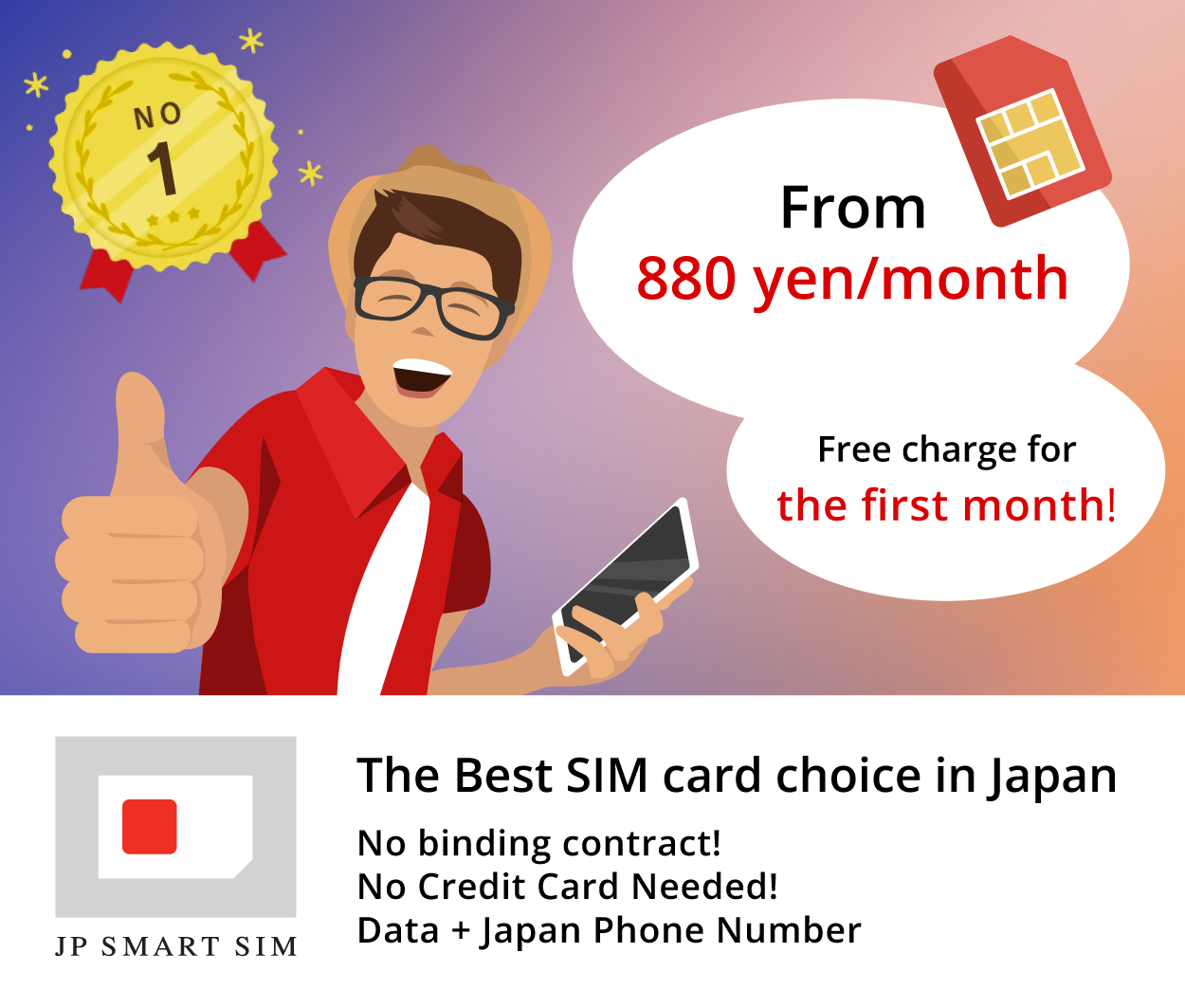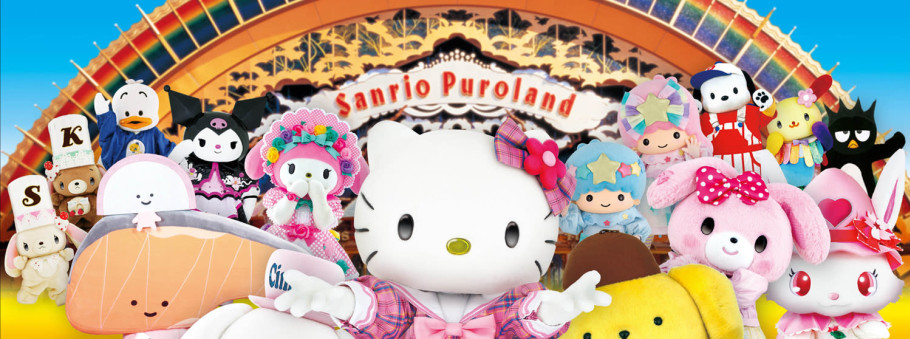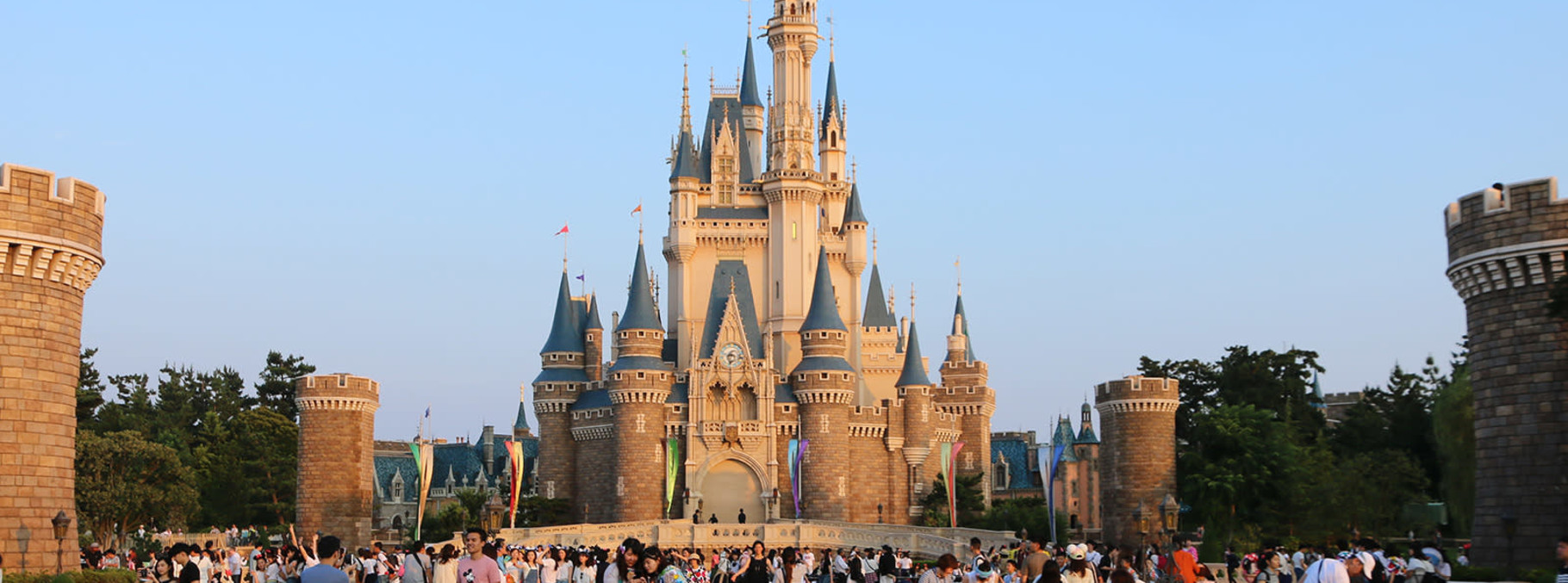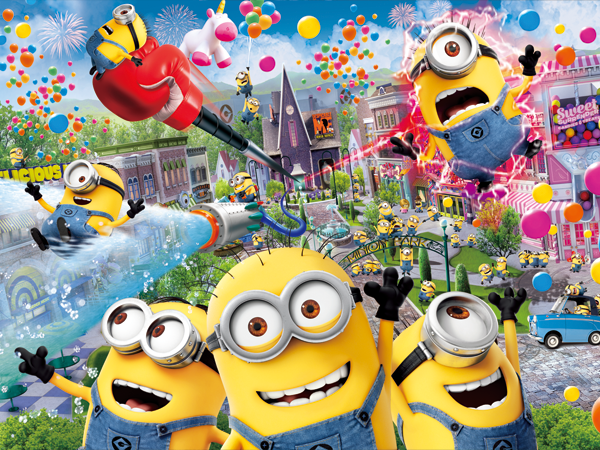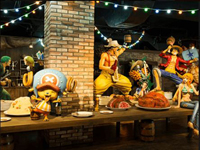Konyacho


(Source: REIKO GOGO日記)
A symbol of the town: The former head office of the Bank of Iwate
Of the retro buildings in Konyacho, the Former Head Office of the Bank of Iwate is one of the representative buildings. This building was built in 1911 and designed by Tatsuno Kingo, who is well-known for his design of Tokyo Station Red Brick building at the Marunouchi Exit. The remaining beautiful appearance is designated as a national important cultural property.

(Source: tomocchi.m92f / PIXTA(ピクスタ))
Morioka Takuboku & Kenji Seishunkan
In Morioka Takuboku & Kenji Seishunkan, they exhibit articles about Ishikawa Takuboku, a poet, and Miyazawa Kenji, a fairy tale author, both born in Iwate. Also, the beautiful modern Western brick building of Morioka Takuboku & Kenji Seishunkan was built in 1910, and is designated as a national important cultural property.

(Source: 風雅のブリキ缶)
Morioka’s specialty: Nanbu Senbei
Shinise Shirasawa Senbei-ten located in Konyacho is a popular shop for Nanbu Senbei, the specialty of Morioka. They have sesame, peanut, soy sauce and walnut flavored Nanbu Senbei and these traditional tastes have not changed since 1936 when they started business.

(Source: PR会社お勤めの美味しい生活)
Gozaku Moriku Shoten established in the Edo period
Gozaku Moriku Shoten is a variety shop established in 1816 that has impressive earthen building along Nakatsu river, a representative landscape of Morioka. Good quality traditional household goods such as cages and sieves made with bamboo are sold in this shop. A retro Japanese style also can be seen not just on the outside of the shop but also inside.

(Source: 18→81)

(Source: REIKO GOGO日記)
A symbol of the town: The former head office of the Bank of Iwate
Of the retro buildings in Konyacho, the Former Head Office of the Bank of Iwate is one of the representative buildings. This building was built in 1911 and designed by Tatsuno Kingo, who is well-known for his design of Tokyo Station Red Brick building at the Marunouchi Exit. The remaining beautiful appearance is designated as a national important cultural property.

(Source: tomocchi.m92f / PIXTA(ピクスタ))
Morioka Takuboku & Kenji Seishunkan
In Morioka Takuboku & Kenji Seishunkan, they exhibit articles about Ishikawa Takuboku, a poet, and Miyazawa Kenji, a fairy tale author, both born in Iwate. Also, the beautiful modern Western brick building of Morioka Takuboku & Kenji Seishunkan was built in 1910, and is designated as a national important cultural property.

(Source: 風雅のブリキ缶)
Morioka’s specialty: Nanbu Senbei
Shinise Shirasawa Senbei-ten located in Konyacho is a popular shop for Nanbu Senbei, the specialty of Morioka. They have sesame, peanut, soy sauce and walnut flavored Nanbu Senbei and these traditional tastes have not changed since 1936 when they started business.

(Source: PR会社お勤めの美味しい生活)
Gozaku Moriku Shoten established in the Edo period
Gozaku Moriku Shoten is a variety shop established in 1816 that has impressive earthen building along Nakatsu river, a representative landscape of Morioka. Good quality traditional household goods such as cages and sieves made with bamboo are sold in this shop. A retro Japanese style also can be seen not just on the outside of the shop but also inside.

(Source: 18→81)
